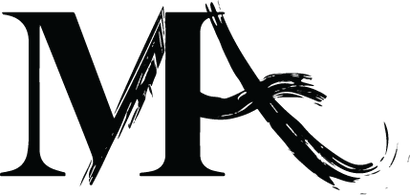FREE SHIPPING FOR ORDERS OVER $20
Beginner's Brush Pen Guide: Watercolor Effects
Beginner's Brush Pen Guide: Watercolor Effects
Hi there! We’ve put together the Essential Brush Pen Basics you will need to get started on creating fantastic watercolor effects. We’ve also included an easy-to-follow video (bottom of this page) on how to make these gorgeous iridescent-looking feathers!
This design is by instagrammer @beckystarsmore.
The materials
Brush pens are so much more than just ordinary felt tips, and you don’t have to be a professional artist to create dynamic illustrations or stunning watercolor effects. All you need to get started are:
MozArt Brush PensThe ink is premium quality, made in Germany and Japan, and allow for incredible effects when used with water. It comes in a 12 Set and a 20 Set.
Watercolor Paper
Watercolor results vary greatly depending on the medium used. We highly recommend using watercolor paper for best results
Water Brush Pens or Paintbrush
Water Brush Pens are perfect for controlling the amount of water applied to the paper and are a convenient option, especially if you’re on the go. We have a 4 Set and a 6 Set. However, a regular paintbrush will work just as well too.
Laying down the ink
A brush pen’s bristles allow for very fluid movement. You can transition from bold to fine lines smoothly by simply altering the pressure applied.
When filling a large area with color use slow strokes. Dragging the brush pen quickly will result in a faded look, so take your time.
You will find that a little ink can go a long way when you blend with water. But you will also see that if you apply the ink more heavily (by going over the same spot a few times), you will be able to drag around more ink when you blend with water. So it is worth experimenting with how much ink you use before blending.
Blending with water
There are different methods to blend your colors with water. One of the most simple is to first apply the ink to the paper. Then, with your water brush pen, or, paintbrush, apply just a little water. The ink will mix easily with the water and you can easily pull the color across the paper using the brush.

Blending two colors
Your color palette does not have to be restricted to the number of brush pens you have. By blending different inks together you can create limitless color options. This can be easily achieved by adding a little water.
1) First, select the two colors you want to mix

2) Start to pull the ink of the two colors towards each other with your water brush pen or paintbrush

3) Finally, go over the area where the colors meet a few times with the brush to help make a natural looking gradient. This may take some practice to perfect.

Put your skills into practice
Here’s a video tutorial using the simple techniques outlined above to achieve easy yet effective watercolor feathers. Why not give it a go? And remember practice makes perfect!
